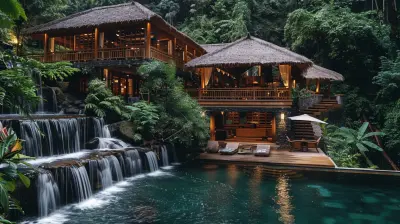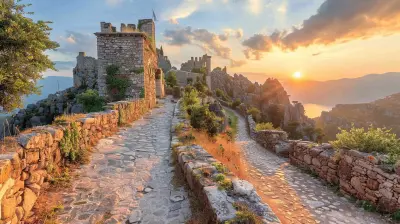Mount Kilimanjaro: How to Prepare for Africa’s Highest Peak
4 November 2025
So, you're thinking about climbing Mount Kilimanjaro? First of all—heck yes! You're contemplating tackling the rooftop of Africa — a 19,341-foot (5,895 meters) behemoth of pure adventure. Sounds exciting, right? Also, a little terrifying. Don't worry, you're not alone in that nervous energy.
Climbing Kilimanjaro is like dating someone waaaaay out of your league. You need to show up prepared, in shape, and with the right attitude—or guess what? It’s not going to end well. But hey, good news! This guide is your fun (and slightly sarcastic) best friend that’s going to walk you through every step of the prep.
Let’s dig in before you get altitude sickness just thinking about it!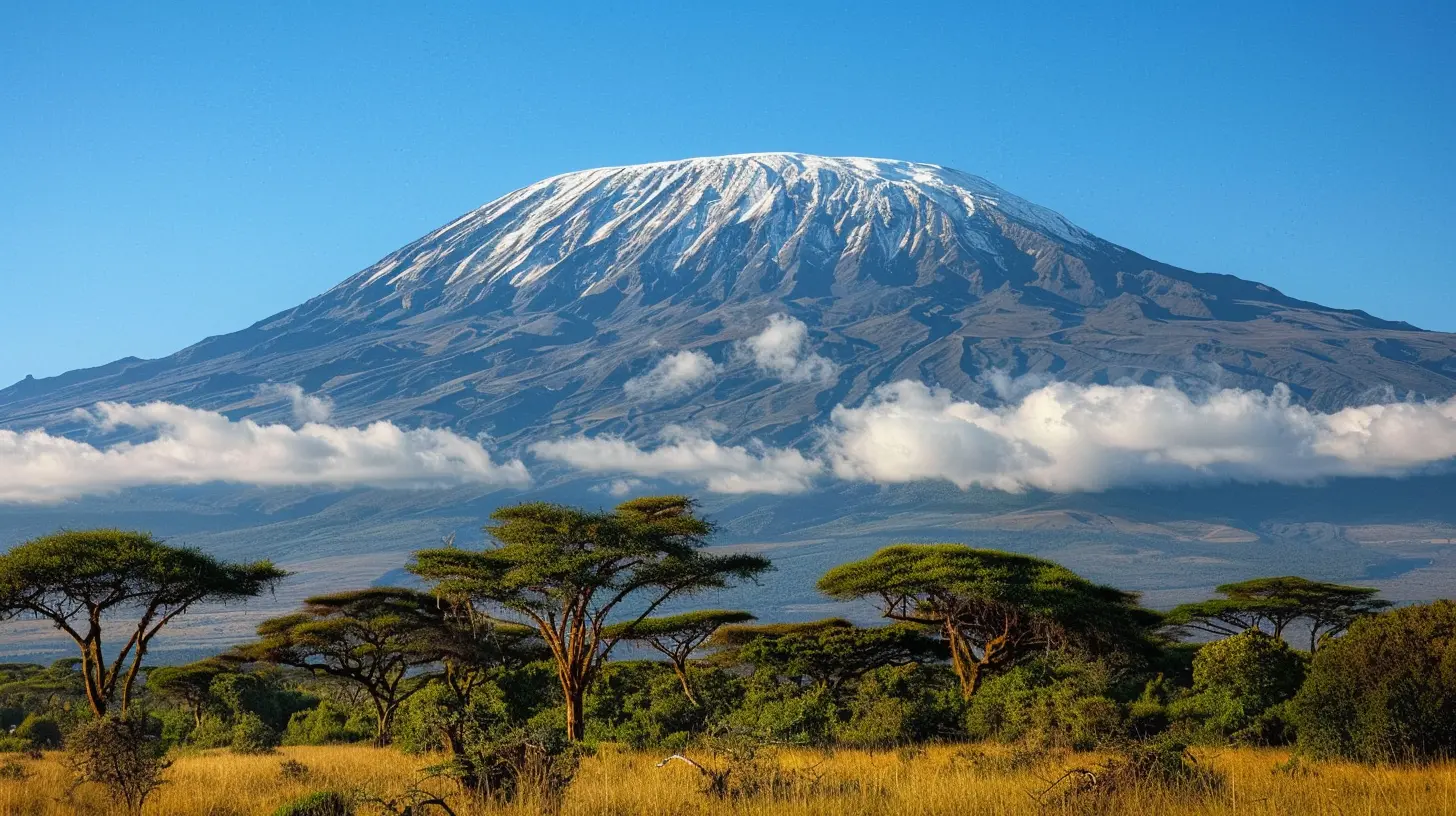
Wait, Where Even Is Mount Kilimanjaro?
First things first. If you thought Kilimanjaro was a fancy yoga pose or an overpriced cocktail, we've got work to do.Mount Kilimanjaro is located in northeastern Tanzania, right near the Kenyan border. It's the highest peak in Africa and one of the famed Seven Summits. But here's the kicker—it’s not part of a mountain range. It’s a standalone volcanic weirdo just chillin’ solo, towering above the savannah like a lonely Simba waiting for climbers instead of wildebeests.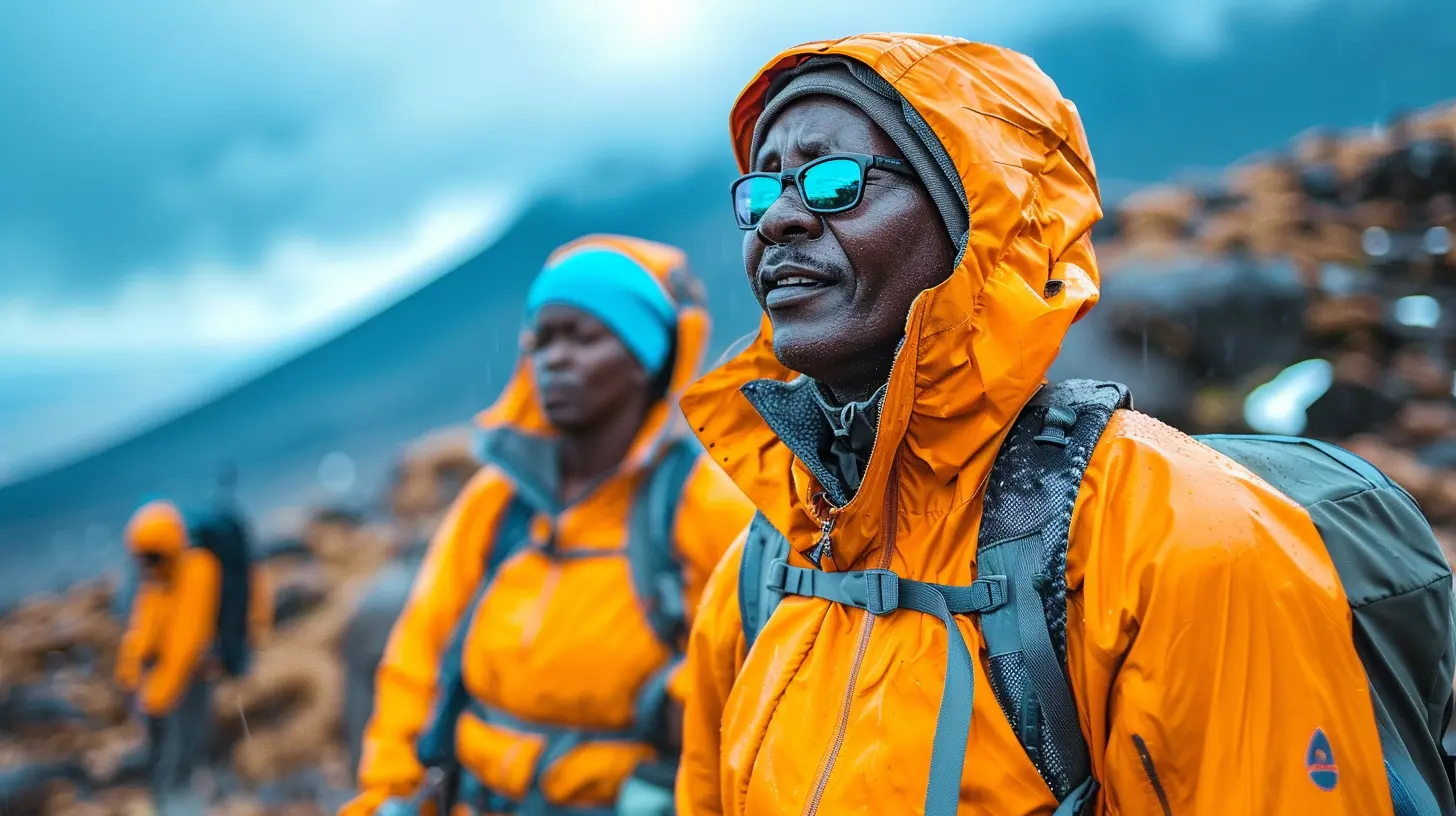
Is It Actually Climbable?
Sure, it's tall. Sure, it looks ominous in those Instagram photos. But surprise—it’s totally climbable without ropes or hardcore mountaineering experience. That’s right, it’s a "walk-up” mountain. Now, before you run to REI yelling “I got this!”, know that “walk-up” doesn’t mean “easy.”We’re talking 5 to 9 days of trekking, oxygen levels that will leave you gasping like a fish out of water, and temperatures that go from summer beach party to Arctic tundra real quick. But if you prepare the right way, it’s absolutely within reach.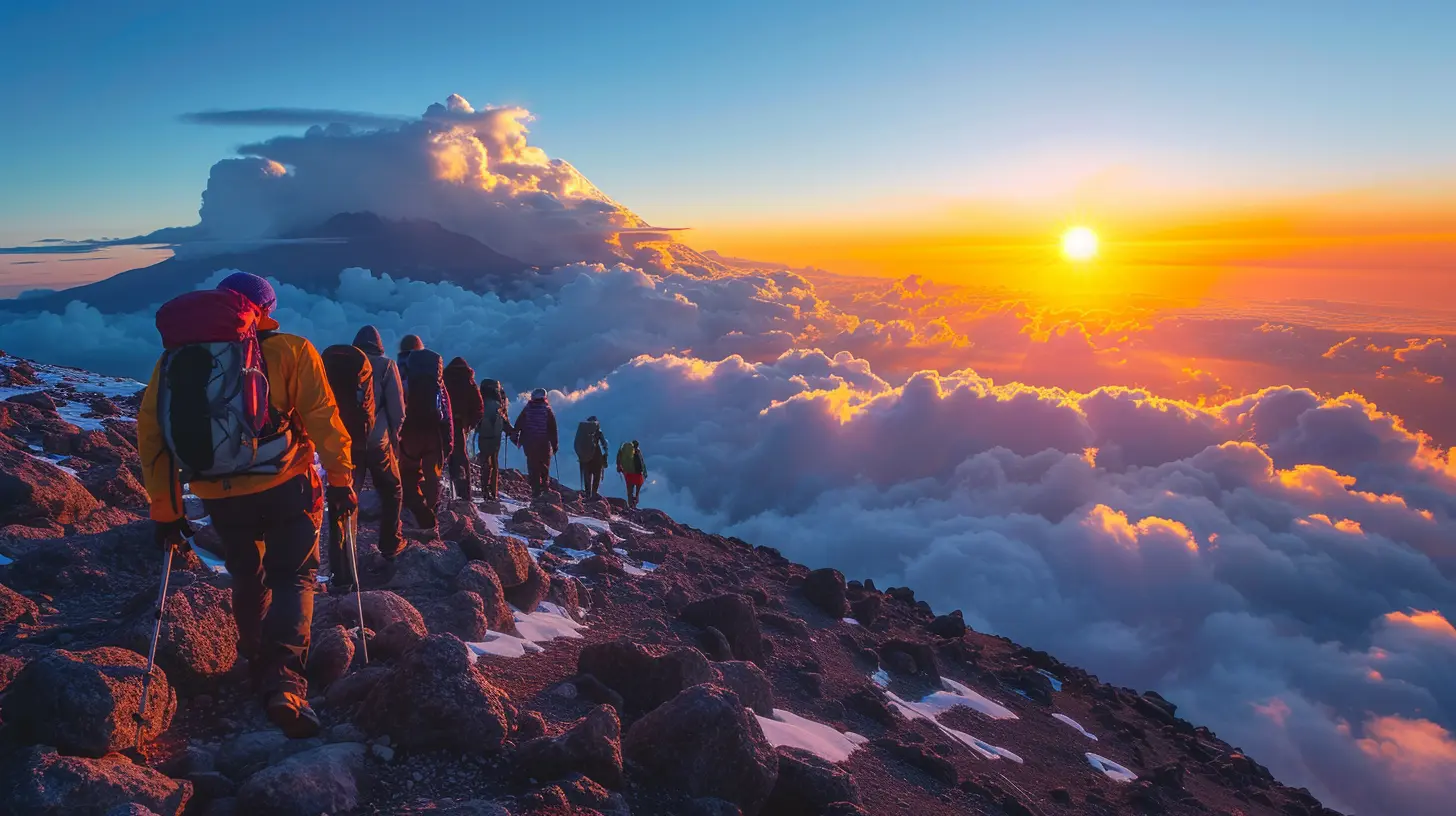
Choosing a Route: It’s Like Selecting a Pizza — Lots of Toppings, All Delicious
You’ve got options. Kilimanjaro has several routes, each with its own flavor. Let’s break them down:1. Marangu Route (A.K.A. The Coca-Cola Route)
- Duration: 5–6 days- Accommodations: Huts. Yes, real beds!
- Pros: Easiest and cheapest
- Cons: Lower success rate due to quick ascent
2. Machame Route (Whiskey Route)
- Duration: 6–7 days- Accommodations: Camping
- Pros: Most scenic, great acclimatization
- Cons: Popular, so hello crowds
3. Lemosho Route
- Duration: 7–9 days- Accommodations: Camping
- Pros: Fewer people, amazing views, high success rate
- Cons: Long and a bit pricier
4. Rongai Route
- Duration: 6–7 days- Accommodations: Camping
- Pros: Quietest route, drier side of the mountain
- Cons: Less scenic until later stages
5. Northern Circuit Route
- Duration: 9–10 days- Accommodations: Camping
- Pros: Longest and best for acclimatization
- Cons: The most time-consuming (aka more vacation days!)
Pick your trail like you pick your Netflix show — based on your style, patience level, and how much suffering you're willing to endure.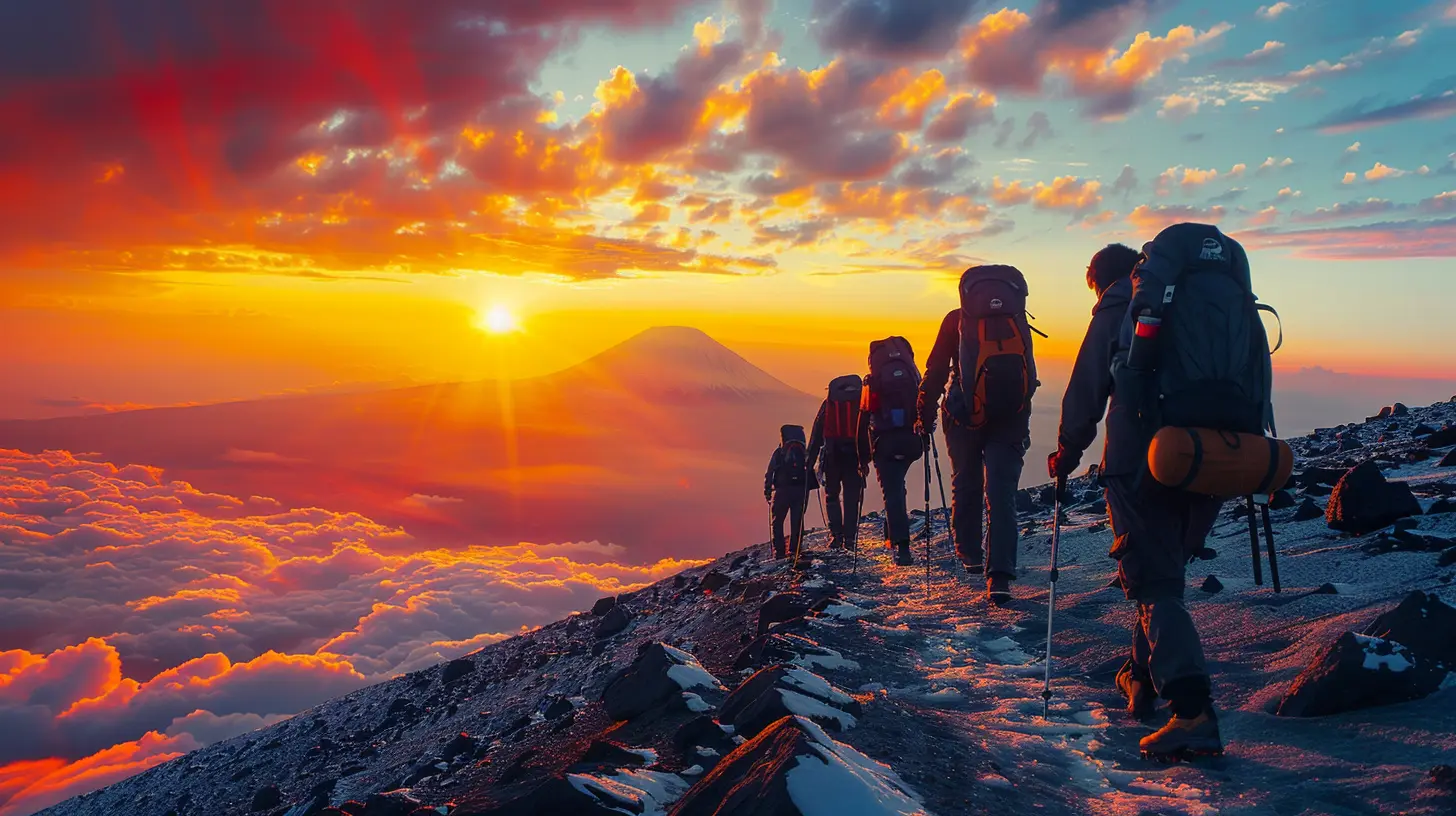
Physical Prep: Time to Trade Netflix for a Treadmill
No, you don’t need to be an Olympian to summit Kilimanjaro. But you also can’t be someone who gets winded going up their apartment stairs.Training Tips That Won’t Make You Cry (Too Much)
- Hike Often: If you live near hills or trails, great. If not, find stairs and start climbing like you’re being chased.- Do Long Walks with Weight: Practice walking for hours with a loaded backpack. It builds endurance and toughens your shoulders (and soul).
- Cardio Stuff: Running, biking, swimming—anything that improves your lung capacity.
- Strengthen Those Legs: Squats, lunges, and step-ups will be your new BFFs.
- Simulate Altitude: Some gyms offer altitude masks or chambers. Super extra? Yes. Effective? Also yes.
Mental Prep: The Unsung Hero of Summit Success
Let me hit you with something real. Your legs will get you to the base, but your mindset gets you to the summit.Mind Over Mountain
- Know It’ll Be Hard: Expect headaches, nausea, exhaustion—even if you’re fit.- Break It Down: Don’t focus on the summit. Just make it to the next camp, then repeat.
- Embrace the Suck: Some parts will downright suck, but you’ll look back and laugh. Sorta.
- You’re Stronger Than You Think: Sounds cheesy, but it’s true. You’re gonna surprise yourself!
Gear Check: What to Pack Without Looking Like a Yeti
Gear matters on Kilimanjaro. Pack too little, you freeze. Pack too much, your porter silently hates you.The Must-Haves:
- Layer Up: Think onion. Base layer, mid layer, outer shell—rinse and repeat.- Hiking Boots: Break these in like a new puppy, or they’ll bite back.
- Backpack (30L–40L): For your day-to-day stuff.
- Sleeping Bag (Rated for -10°C or lower): Cold nights are no joke up there.
- Trekking Poles: Save your knees and future self’s chiropractor bills.
- Headlamp: Midnight summit starts require light (and avoiding poop holes).
- Water Bottles + Hydration Bladder: Dehydration is a major summit killer.
- Snacks: Because trail mix is therapy in a Ziploc.
- Toiletries + Wet Wipes: Spoiler: there's no shower.
- Sunscreen & Lip Balm: That equatorial sun is savage.
Quick tip: Pack everything in waterproof dry bags. Rain loves nothing more than soaking your only pair of dry socks.
Altitude Sickness: The Uninvited Guest Nobody Likes
Altitude sickness is like that annoying friend who shows up uninvited and ruins the party. It doesn’t care how fit you are. It’s a roll of the dice, and almost everyone feels it a little.How to Minimize It:
- Go Slow: Pole pole (slowly, slowly) is the mantra.- Hydrate Like Crazy: Aim for 3–4 liters a day, even if it means peeing every 20 minutes.
- Eat Even When You’re Not Hungry: Fuel is key, even if everything tastes like cardboard.
- Consider Acetazolamide (Diamox): Talk to your doc about meds that help with altitude.
- Listen to Your Body: Nausea? Headache? Tell your guide. Pride doesn’t summit mountains—smart decisions do.
Food on the Mountain: A Culinary Adventure… Sorta?
Let’s not sugar-coat it—nobody’s earning Michelin stars up here. But hey, the meals are surprisingly solid!Expect lots of carbs (yay!), fruits, veggies, eggs, soups, and meat if stored well. You won’t be starving, but bring snacks from home that make you happy. Candy, nuts, jerky, chocolate—whatever puts a smile on your wind-burnt face.
Hot tip: Bring electrolyte powders. They make your water taste less like disappointment.
Meet the Real MVPs: Your Guides and Porters
These legends carry your stuff, cook your food, set up tents, and sing you up the mountain. Treat them with respect (and tips—more on that soon).Without them, you’d basically flop over on Day 2 and become mountain moss.
Tipping Etiquette: Don’t Be THAT Person
A huge part of climbing Kilimanjaro is tipping your crew. It's expected, deserved, and a non-negotiable part of the experience.Here’s a rough guideline per climber:
- Guide: $20/day
- Assistant Guide: $15/day
- Cook: $10–$15/day
- Porters: $8–$10/day each
Budget around $250–$350 total. Yes, it adds up—but so does karma.
Summit Night: The Final Boss
Around midnight, while the rest of the world is asleep or Netflix binging, you’ll be suiting up for a 6–8 hour trek in the freezing dark. Fun, right?But hear this: standing on Uhuru Peak as the sun rises is one of the most life-affirming experiences you’ll ever have. Like, cry-a-little kind of beautiful.
You’ll want to quit 10 times on the way up. Keep moving. One foot at a time. It’s worth it.
Post-Climb Recovery: Welcome Back, Hero!
So you did it. You conquered Kili. Your legs are jello, your feet have blisters in places you didn’t know existed, and you’ve never appreciated a shower more in your life.Take a few days to relax. Celebrate. And maybe pop over to Zanzibar for some beach time—you earned it.
Final Thoughts: Should You Do It?
Should you climb Mount Kilimanjaro? If you want a challenge that’s both physically brutal and spiritually epic—YES.It’s not just a bucket list check. It’s a mental cleanse, a physical feat, and one heck of a story.
So put your fears aside, lace up your boots, and start prepping. Africa’s calling—and she’s got a mountain with your name on it.
all images in this post were generated using AI tools
Category:
Africa TravelAuthor:

Ian Powell
Discussion
rate this article
1 comments
Sebastian Mitchell
Great article! Preparing for Mount Kilimanjaro is essential for a successful climb. Your insights on gear and mindset will definitely help future adventurers make the most of this incredible journey!
November 9, 2025 at 3:23 PM

Ian Powell
Thank you for your kind words! I'm glad you found the tips helpful for your Kilimanjaro journey. Happy climbing!

